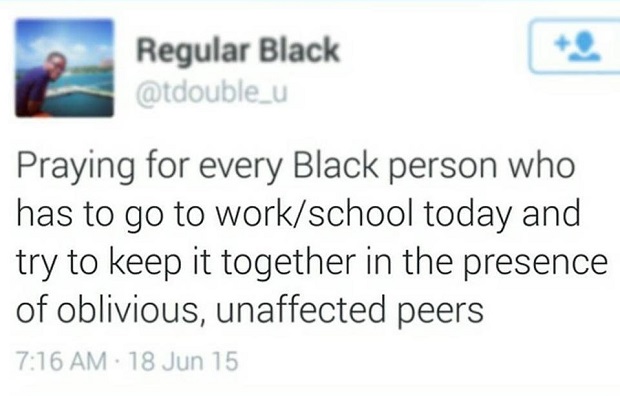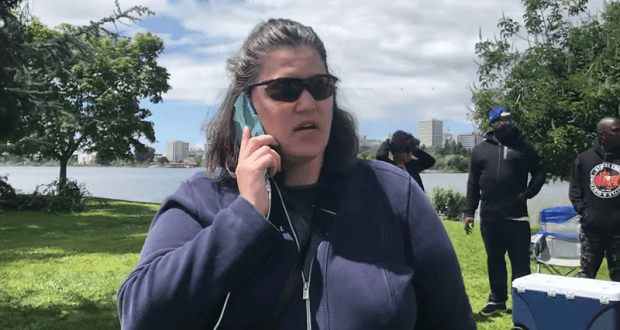
When we began this series 11 weeks ago, I am not sure I expected us to stay on the topic this long, nor did I anticipate its timeliness to this moment we are experiencing now. Certainly, racism and its impact on Black communities is not new; but this newfound energy and outward (re)commitment to justice and dismantling racism by organizations and corporate leadership is. Inasmuch as I can be cynical about it all, I am also hopeful, inspired, and re-energized. As leaders begin to (ideally) align their organizational priorities, financial resources, and accountability measures with their public rhetoric and statements of solidarity and empathy, I would like to offer specific actions that affirm much of what we explored in this series.
From my perspective, a decolonial approach to what we’ve referred to as diversity, equity, and inclusion work, not only intersects with social justice, but actually IS social justice work. I think we are beyond ‘mapping the intersection.’ This moment in time calls for leaders to create eco-systems that pursue social justice within and beyond the organization.
A decolonial approach to diversity, equity, and inclusion work, not only intersects with social justice, but actually IS social justice work. This moment in time calls for leaders to create eco-systems that pursue social justice… Share on XWhat does this look like?
At the top of the series, Thamara Subramanian challenged leaders and practitioners to “Put DEI Money Where Our Mouth Is.”
Action Item 1: Disrupt your organization’s interpretation of and assumptions around “value.” Traditionally, organizations have ascribed more value to functions and departments that generate money (thanks, capitalism!). This is why DEI functions and teams often time go without the resources needed to effect REAL change. This is why racism persists more broadly in our society. This can no longer be the status quo.
Action Item 2: Prioritize partnering with Black- and Brown-owned firms, especially for diversity, equity, and inclusion work. There are many firms, that shall remain nameless, that have profited off of this work, and essentially the experiences of Black and Brown people. Moreover, many of these organizations fail to create organizations that are actually safe for Black and Brown people themselves. Nonetheless, companies and leaders will often time seek out the support of larger consulting firms or white-led consulting firms for optical, superficial reasons. This also can no longer be the status quo. Partnering with a Black and Brown firm is not an act of ‘charity’ or ‘goodwill,’ it is an act of economic and social justice.
Companies often seek out support of larger consulting firms or white-led consulting firms for optical, superficial reasons. Partnering with a Black and Brown firm is not an act of ‘charity’ or ‘goodwill,’ it is an act of economic… Share on XLeigh Morrison contributed to this series and pointed out the flaws in our “Beloved Business Case for Diversity.” She reminded us how it prioritizes profit over people, tokenizes employees, and often time perpetuates performative inclusion.
Action Item 3: Re-examine your organization’s articulated commitment to diversity and inclusion. This means interrogating the organization’s articulated and implied “why” for committing to this work. If it is majorly rooted in principles like competition, innovation, profit—and if these principles are the only reason why leaders have interest in engaging in this work, think critically about the message that sends. Committing to diversity and inclusion for the sake of “innovation” pales in the backdrop of a sociopolitical environment where Black bodies are literally under assault.
Re-examine your organization’s articulated commitment to diversity and inclusion. Committing to diversity and inclusion for the sake of “innovation” pales in the backdrop of a sociopolitical environment where Black bodies are… Share on XAs part of this series, Scott Ferry presented ‘Equity-Centered Design’ as a model for strategy and program development within organizations. Scott reminded us that DEI strategies that are developed and designed with leaders in mind, can reinforce the same power structure that perpetuates inequities. That is, if we’re assuming that only those with decision-making power ‘know what’s best’ for employees, then we further marginalize those who should be centered in our efforts. The concept seems intuitive, but be honest, how many times has your organization piloted a program, developed a strategy, made a decision and failed to actively engage those of whom would be most impacted during the inquiry, testing, and evaluation phases of the initiative?
Action Item 4: Actively engage Black and other marginalized communities (consider leveraging Employee Resource Groups) in policy, strategy development, and decision-making processes through equity-centered design. Redistribute power so that diverse communities play an active role in co-designing and creating strategies that will impact them. When an equity-centered approach is embedded in the organization’s decision making norms and processes you lessen the risk of being in a posture of reactivity when major events happen (COVID-19, reoccurring instances of racism) and perpetuating emotional labor by expecting those most impacted groups to now solve for those issues.
Action Item 5: Create ongoing systems of accountability to track progress toward goals and channels to solicit and share feedback, specifically for efforts that impact Black and other underrepresented groups.
Also, in this series, Mary-Frances Winters underscored the role of language in decolonizing DEI work and challenged us to normalize social justice terminology in our “Corporate DEI Speak.” If we are going to change course and finally make progress in diversity, equity, and inclusion, we may need to get a little more radical — beginning with the language we use.
Action Item 6: Embed social justice language into your organization’s DEI lexicon. In response to instances of racism, for example, it is important to name it as it is. Avoid sanitizing language and concepts in service of white comfort and fragility. This compromises authenticity and further stifles progress.
In response to instances of racism, for example, it is important to name it as it is. Avoid sanitizing language and concepts in service of white comfort and fragility. Share on XAction Item 7: Eliminate language and norms that center dominant culture norms and perpetuate exclusion (e.g. fit, executive presence, diverse hires). This will first involve conducting a thorough analysis of your organization’s culture and employee experiences within the culture (across various identity groups).
And finally… we wrapped up the series naming white supremacy—in our systems, in ourselves, in how we lead, interact, and serve.
Action Item 8: Incorporate education and learning around racism, whiteness, white supremacy, and allyship into current organizational-wide learning strategy. Take a developmental, ongoing approach, recognizing people will be in different parts of their journey. You might also consider taking a ‘caucus’ approach where learning communities and content center the experiences of specific identity groups, and they embark on a learning journey together. For example, you might consider curating content and learning plans around understanding whiteness and allyship for white leaders and employees; and content around internalized forms of oppression, organizing, managing race-based trauma or thriving in White spaces for Black employees.
Action Item 9: Destigmatize rest and work/life boundaries & balance by role modeling and centering both in team norms and processes. At the individual level, this might look like encouraging leaders to “leave loudly” in an effort to model work/life balance. At the organizational systems level this might involve prioritizing mental well-being by offering self-care days, instituting more robust EAP programs that address racial fatigue and trauma, embedding well-being and self-care components in leader competencies.
Action Item 10: Partner with and donate to community organizations that are led by the people from the communities they serve. More specifically, forge relationships with organizations that are dedicated to racial justice. Also, consider ways your organization might be able to leverage organizational assets, products, and services to support broader social justice and equity.
This list (and recap) is certainly not meant to be exhaustive. I am hopeful that it is a start point though, as practitioners and leaders alike begin to reimagine diversity, equity, and inclusion work.



















